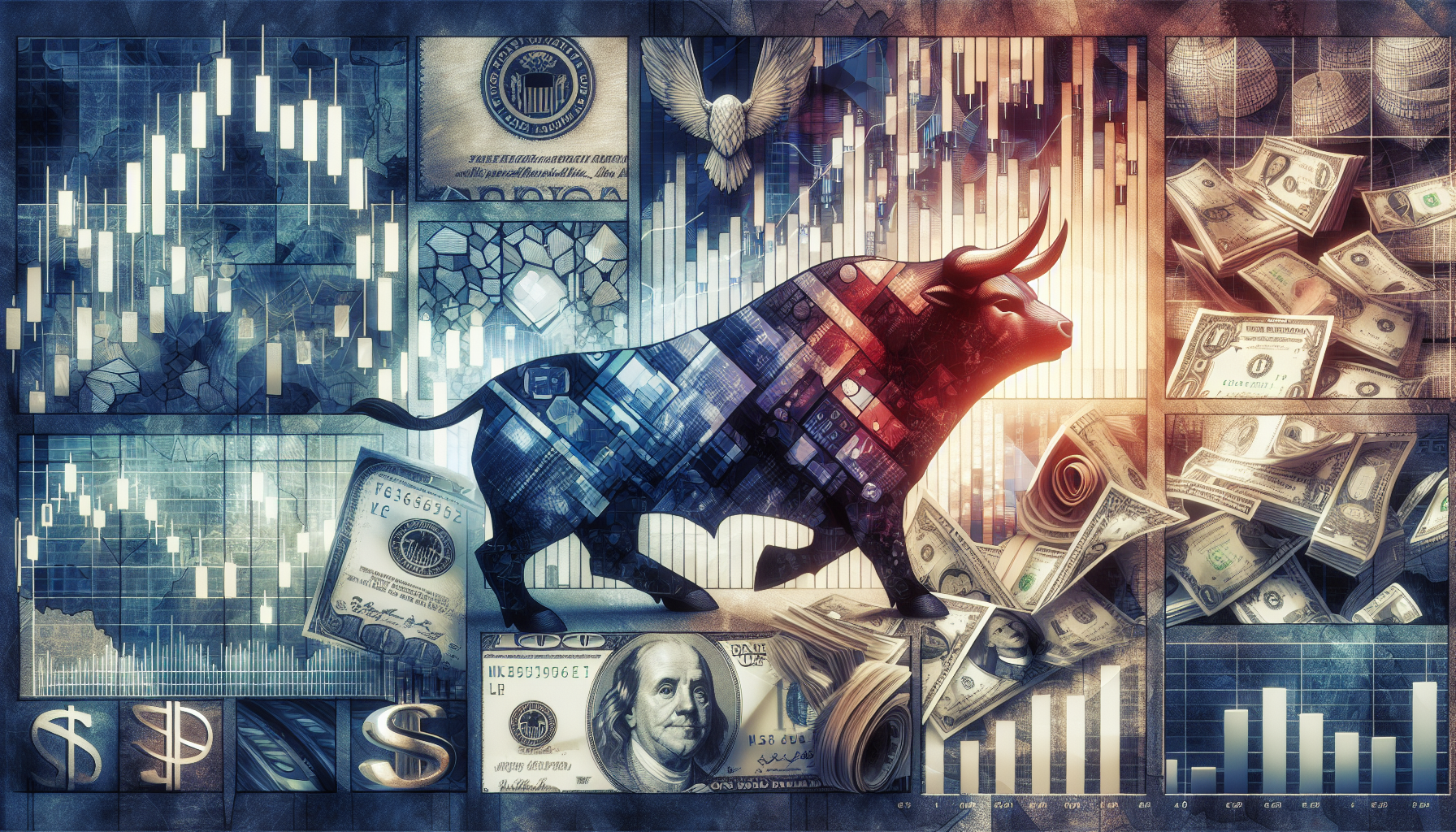
tl;dr
The blockchain's rise has enabled cross-border transactions and borderless networks, impacting real-world assets (RWAs). However, blockchain mobility solutions face challenges due to commercial, regulatory, and institutional boundaries. Toyota’s Blockchain Lab is developing blockchain applications f...
The blockchain has surged in popularity by enabling cross-border transactions and creating borderless networks, which have become increasingly impactful in the real-world assets (RWAs) space. Yet, when it comes to mobility within this asset class, blockchain solutions face complexity because they cannot sidestep boundaries imposed by commercial practices, regulations, and institutional frameworks.
Toyota’s Blockchain Lab, the carmaker’s R&D division, has been actively exploring blockchain applications in vehicles, aiming to overcome traditional obstacles such as registration, insurance, and maintenance through a verifiable “Trust Chain” that maps multi-party relationships on-chain. Their initial concept, the Mobility-Oriented Account (MOA), introduced last year, sought to understand mobility as an "abstract account," focusing on the connection between users and mobility. However, the MOA concept revealed limitations in capturing the intricate relationships involved.
The new research pivots from an individual user focus to viewing mobility as part of a broader network, acknowledging its evolving role beyond mere transportation to a valuable, tradable asset. The rise of electric and autonomous vehicles heightens global interest in this shift, although three structural gaps impede progress: the organizational gap, where governments and corporations control vehicle records; the industrial gap, marked by the lack of an open, interoperable network across ecosystem players; and the national gap, where unification of registration, tax, and insurance remains elusive.
To tackle these challenges, Toyota’s team has proposed the Mobility Orchestration Network (MON), a protocol-layer blockchain architecture designed to orchestrate trust and unlock mobility asset value across organizational, industrial, and national boundaries. MON integrates three types of on-chain verified proofs — Institutional Proof (legal documents like vehicle registration and insurance), Technical Proof (manufacturing and sensor data to ensure fitness for purpose), and Economic Proof (usage statistics, maintenance, and revenue history) — because no single proof can fully define the value of a mobility asset.
MON addresses the organizational gap by combining these proofs and bridges the industrial gap by introducing trusted connections across sectors, effectively acting as a catalyst that orchestrates multiple networks working together. Importantly, by functioning as a protocol rather than a standalone platform, MON aims to achieve global value circulation without disrupting existing local ecosystems.
In real-world terms, MOA operates as a container for on-chain identity, separated into two accounts: T-MOA (Trust-side) which holds finalized institutional and economic proofs, and U-MOA (Utility-side) which manages real-time operational data such as driver credentials and vehicle status. A tokenization framework supports a transition from non-fungible mobility ownership represented by NFTs to fungible financial assets, reflecting mobility's move from ownership toward liquidity.
The proposed MON prototype uses a multi-chain strategy anchored by Avalanche, deploying distinct chains for Trust, Capital, Utility, and Stablecoin networks, all linked through Avalanche’s Interchain Messaging (ICM) system. This infrastructure ensures seamless and secure communication across blockchain networks. Integration with prominent protocols like Cosmos' IBC and Chainlink’s CCIP enriches the ecosystem.
Additionally, an off-chain bridge called the Trust Gateway plays a crucial role in connecting real-world trust to the blockchain, employing mechanisms such as Verifiable Credentials, Decentralized Oracles, and Trusted Intermediaries to maintain integrity and security throughout the process.